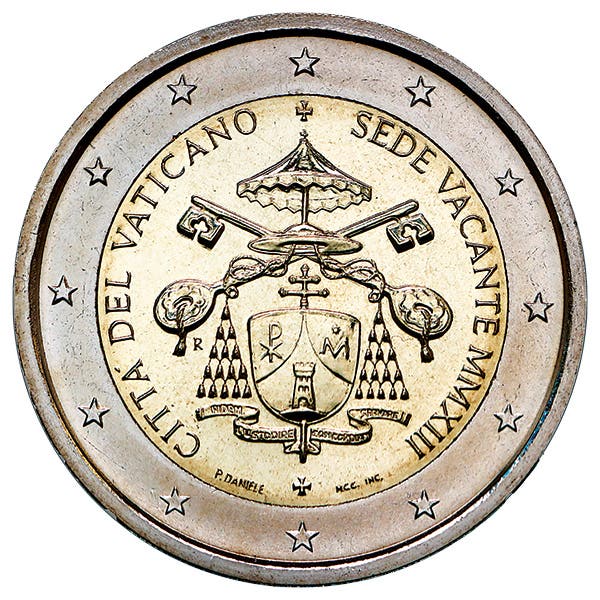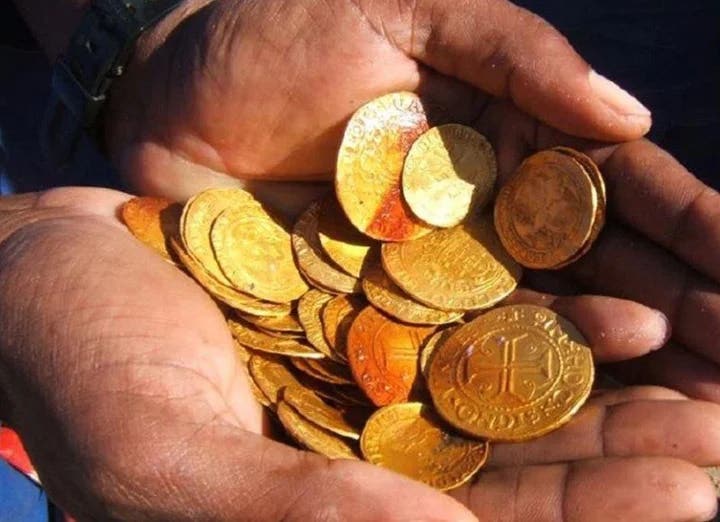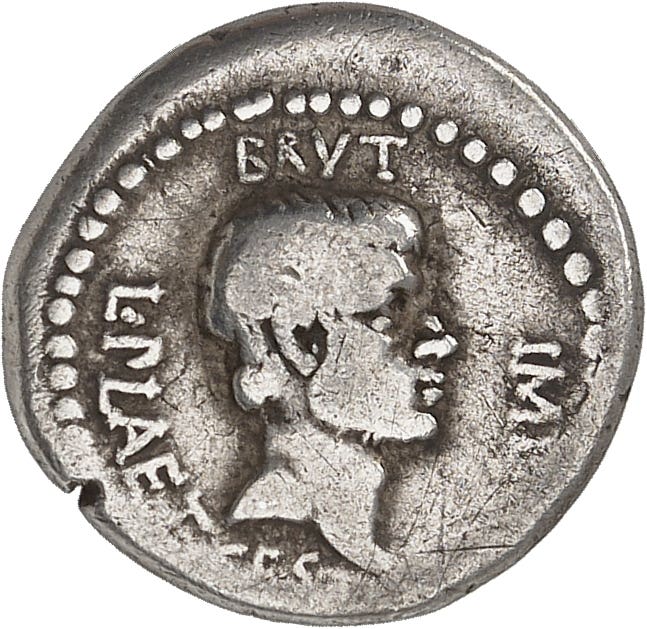Treasure Ship Discovery Announced
Gold doubloons and pieces of eight? That appears to be what may be in the watery grave of the Spanish Galleon San José, a ship sent to Davy Jones’ Locker by…
Gold doubloons and pieces of eight? That appears to be what may be in the watery grave of the Spanish Galleon San José, a ship sent to Davy Jones’ Locker by the British during the War of Spanish Succession.
The location of this “holy grail of shipwrecks” has been known by the government of Colombia since 2015 but has been, for obvious reasons, not made public. The secrecy surrounding the wreck and the treasure onboard the ship was out of the bag when on June 6 Colombian President Iván Duque showed footage and images of the ship at a press conference.
Duque said, “The idea is to recover it (the ship) and to have sustainable financing mechanisms for future extractions... In this way, we protect the treasure, the patrimony of the San José galleon.”
State-of-the-art equipment produced images of the wreck at an estimated depth of 3,280 feet. Inscriptions on cannons indicate the cannons were cast in Seville and Cádiz, both in Spain, in 1655. The camera images also identified Chinese ceramics, swords, and gold coins at the site of the shipwreck.
Colombian Navy Maritime Director-General Admiral José Joaquín Amézquita said by monitoring the wreck the nearby shipwrecks of a colonial boat and a schooner each likely dating from the 1800s have been located near the San José While Amézquita said nothing about the contents of either of these additional discoveries the admiral identified the gold coins on the San José as being macuquinas.
Macuquinas are cob coins, coins that were minted by rolling gold or silver to look similar to a long corn cob, then lobbing off the appropriate amount of metal to serve as a planchet when the coin was struck. Water powered roller dies and punch technology were involved in this minting process. Such coins are crude in appearance, but quality was not an objective when producing these coins.
The West Indies adopted a gold standard in 1704, prompting gold to circulate widely throughout Spanish colonial America. Spanish colonial American mints in operation in 1708, at the time the ship sank, included Mexico City, Lima in Peru, Potosi in Bolivia, and Santa Fe de Bogota in Colombia. Philip V was king of Spain beginning in 1700. It is likely his name appears on many of the shipwreck coins.
The 64-cannon Spanish ship San José was sunk by the British navy during an encounter in 1708 during the War of the Spanish Succession. According to Colombian government reports, the ill-fated ship was carrying more than 200 tons of emeralds, gold, and silver coins. The value of this treasure has been estimated at perhaps as much as $17 billion.
The War of the Spanish Succession of 1701 to 1714 began following the 1700 death of King Charles II of Spain. The war was primarily a struggle for the Spanish Empire between Charles’ heirs Philip of Anjou and Archduke Charles of Austria. The war was fought at sea as well as in Germany, Italy, and Spain. Bi-products of this war included the Great Northern War, Rákóczi’s War of Independence in Hungary, the Camisards revolt in southern France, Queen Anne’s War in North America, and minor trade wars in India and South America.
Through the Submerged Cultural Heritage Law of 2013 Colombia has claimed the wreck of the San José wreck and its contents. Through this law Colombia says artifacts recovered within its territorial waters belong to Colombia.
Spain disagrees, claiming the ship as being their property. Spain is using the UNESCO convention on underwater cultural heritage to make its claim.
Despite the secrecy surrounding the exact location of the wreck it appears other South American countries may have already plundered the site of the ship, once again these countries claiming a right to at least part of the treasure. The Viceroyalty of New Spain, whose capitol was Mexico City, included all Spanish territory north of Panama as well as the West Indies, Venezuela, and the Philippines.








